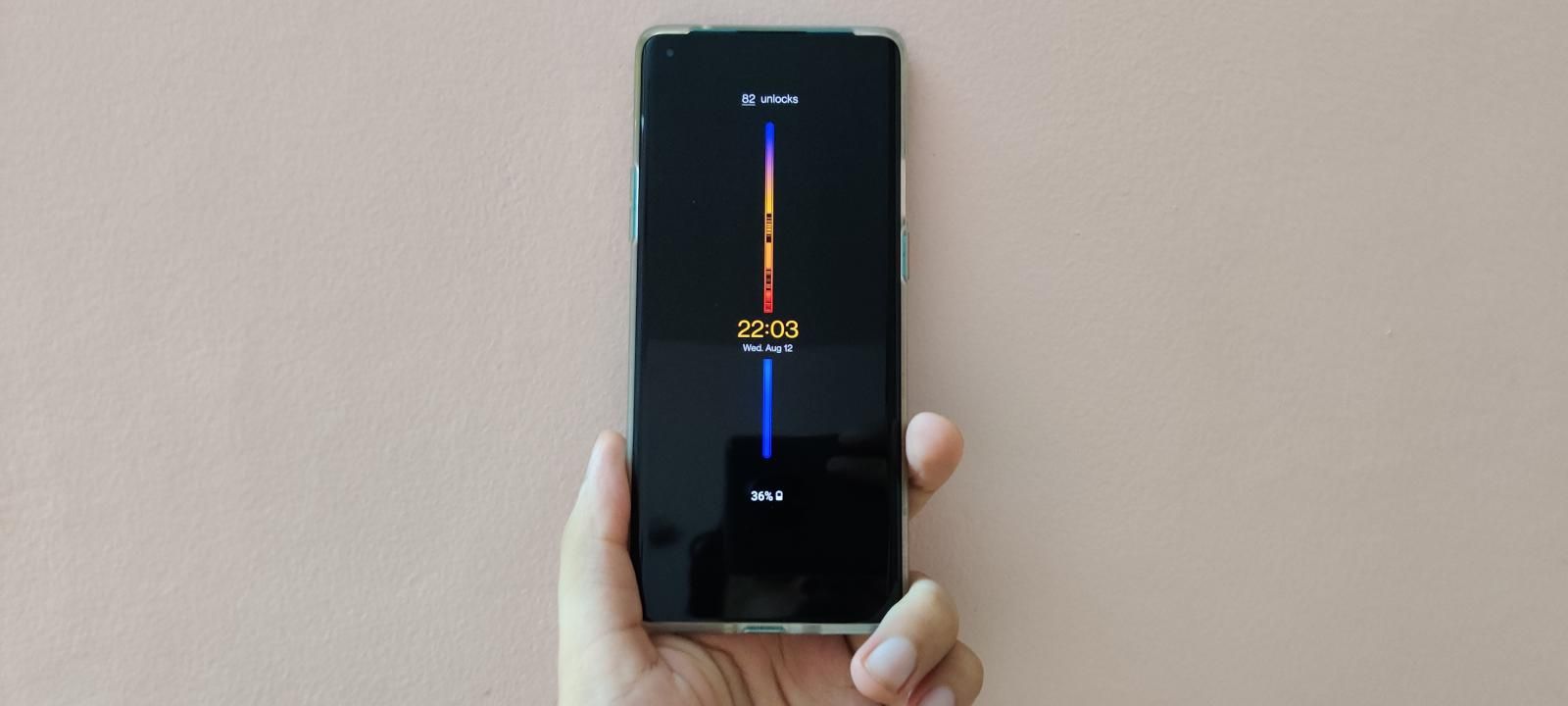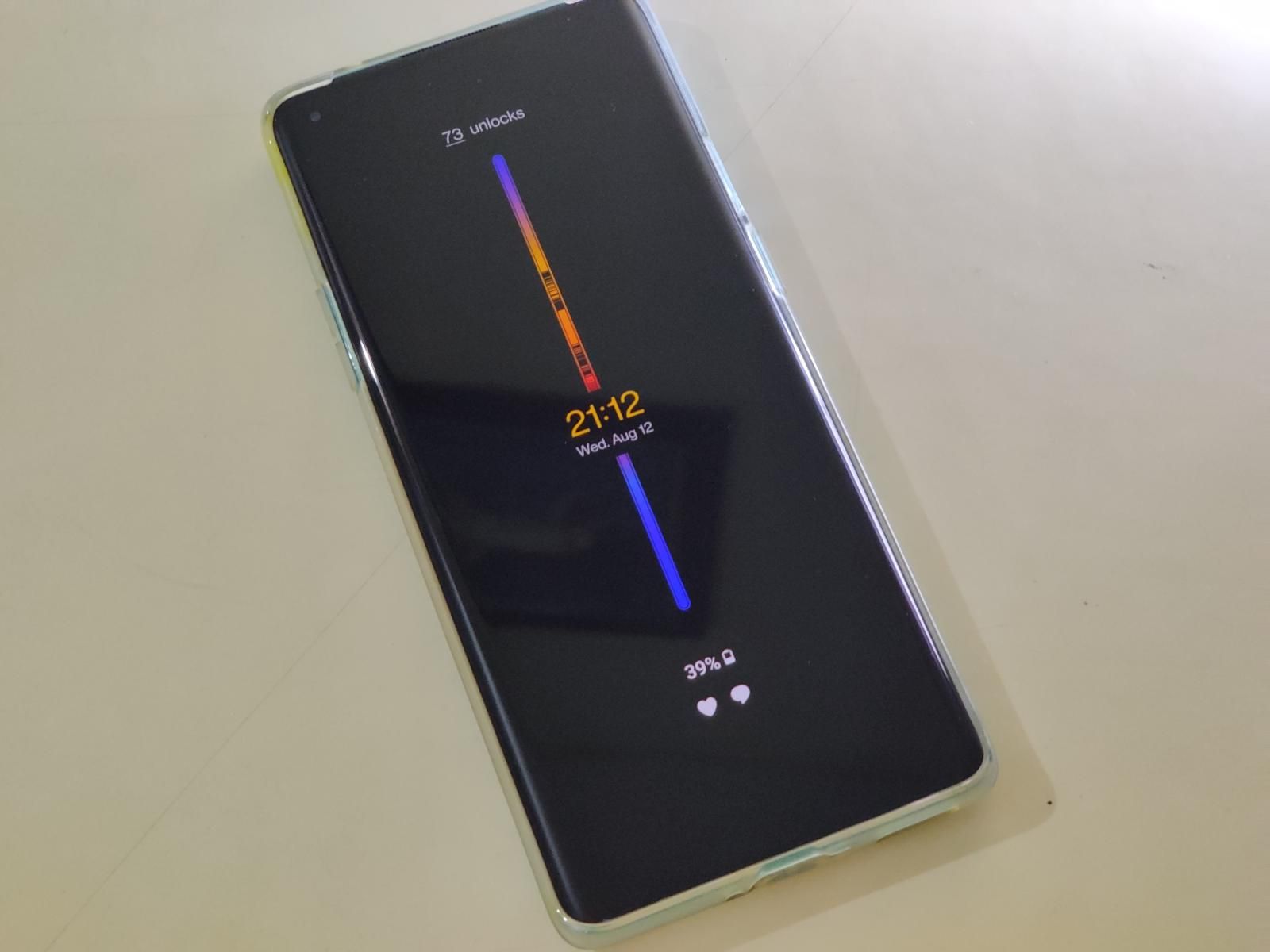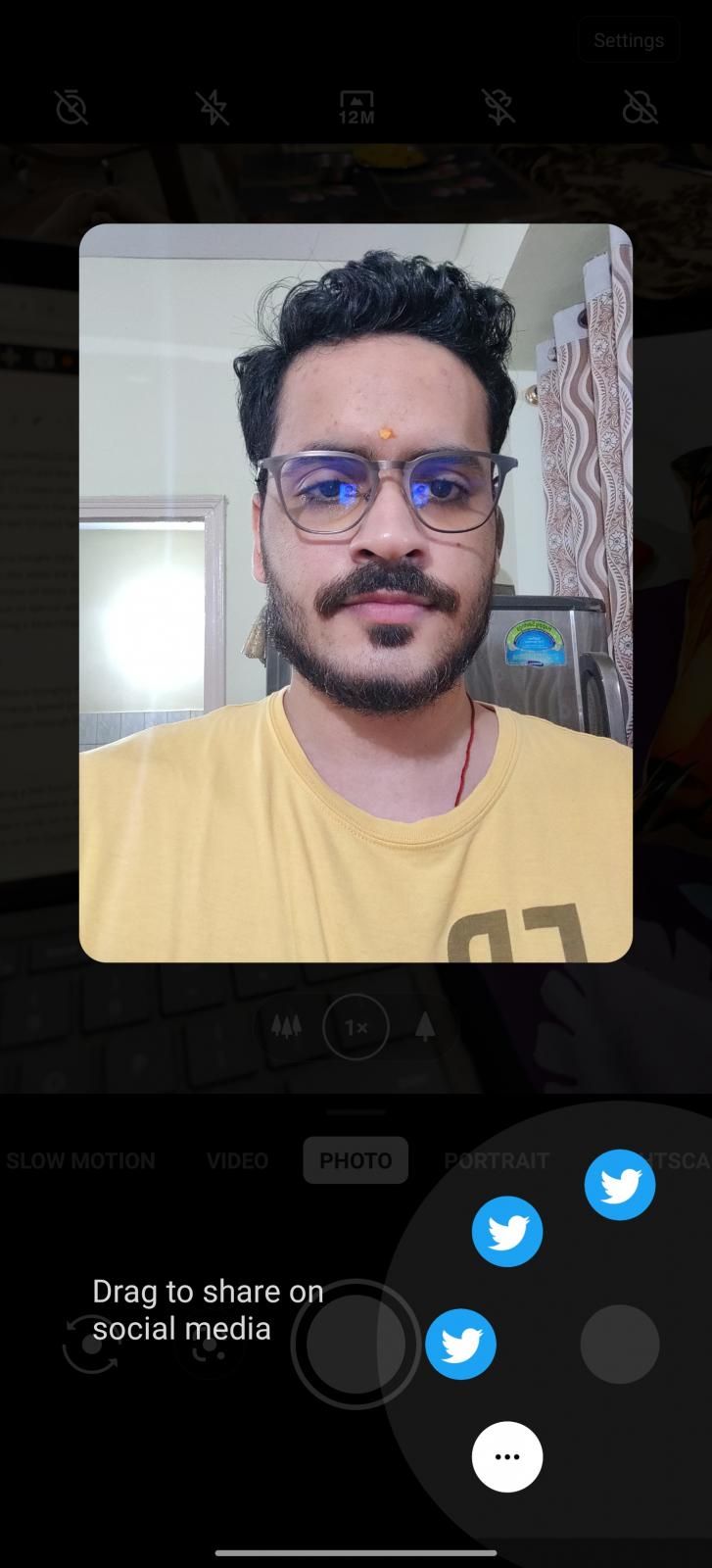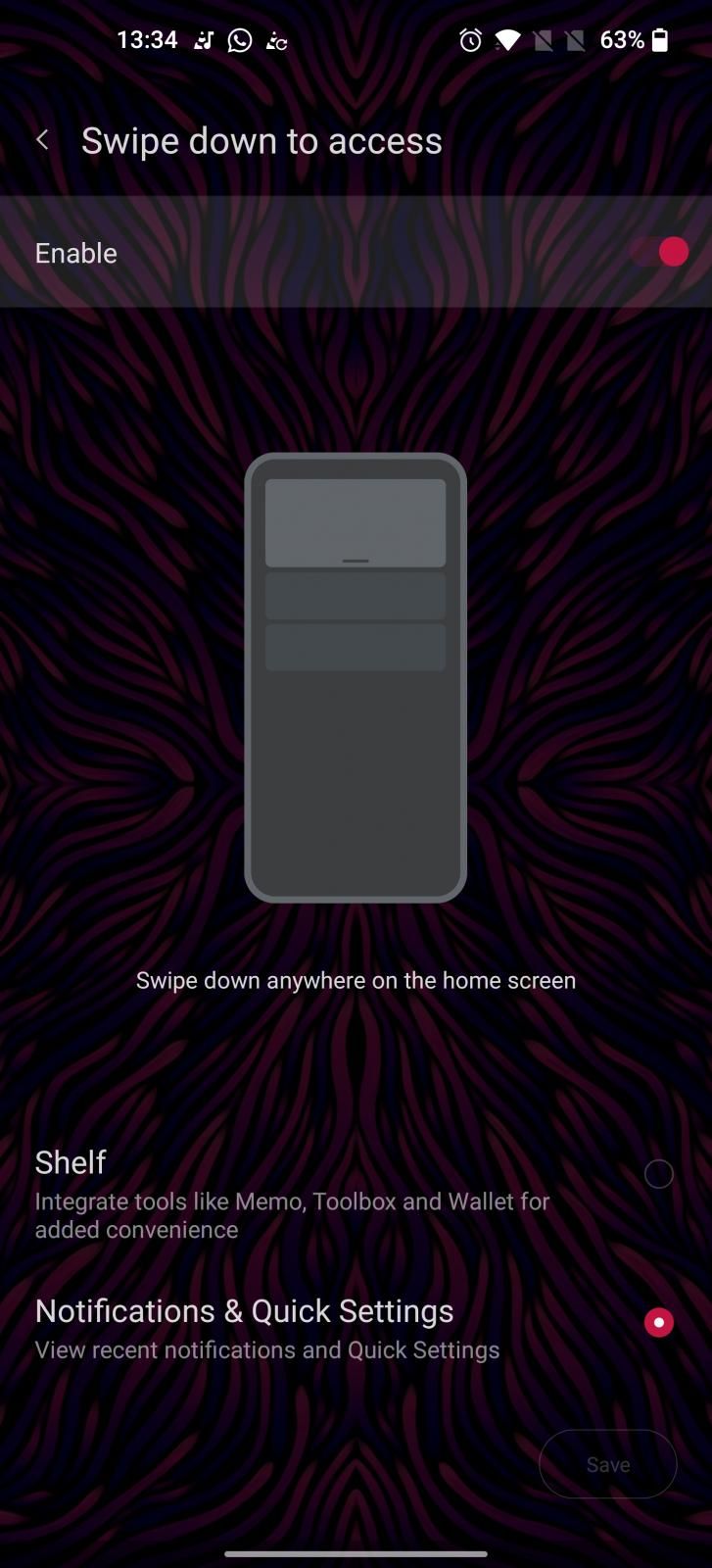OnePlus recently rolled out the first OxygenOS 11 preview with its Android 11 beta 3 update for the OnePlus 8 and OnePlus 8 Pro. With OxygenOS 11, OnePlus is making visual changes to its OS for the first time in a few years. It adds the much-awaited Always-on Display feature. Further, the dark mode has received some changes as well. The new design changes are said to be inspired by Samsung’s OneUI.
I have the preview installed on my OnePlus 8 Pro and it gives me a first look at the upcoming features in OxygenOS. Now, I’ve used it for nearly 7 hours, and I already have some thoughts.
Dark Mode: Why fix what isn’t broken?
OnePlus has gone ahead and made some unasked changes to its Dark Mode on OxygenOS 11. The UI is now much more on the gray-side rather than being stark black, which used to suit the AMOLED panels of OnePlus devices. I’ve been using my phone in dark mode for the past 12 hours and every time I swipe down to see the notification panel, I gasp. It seems to be in some sort of middle ground between dark mode and light mode. The accent in Notification panel is lighter too, but it can be fixed from the Customization option in the Settings. I hope the company reverts to its original take on dark mode.
https://twitter.com/hashtag/OxygenOS11?src=hash&ref_src=twsrc%5Etfw
Also, you can now schedule the system-wide dark mode. You have three presets: Disabled, Automatically enable from sunset to sunrise, and Custom time range. All are self-explanatory.
Visual changes: Unoriginal but feasible
Like Harish from Android Central mentioned, OnePlus’ OxygenOS 11 visual changes seem to have been inspired from Samsung’s OneUI. And that isn’t necessarily a bad thing.
There’s a new design for OnePlus’ first-party apps, including Weather, Notes, Gallery, Settings, and more. It includes is a bold typeface at the top and large icons that make it easier to view information. The menu elements now sit in the lower 2/3rd section of the screen. You must have experienced it if you happen to be a Samsung user.
While it is getting a lot of criticism saying OnePlus is going away from its roots of “stock Android”, I appreciate the company for trying something new. It is like OxygenOS finally has an identity of its own despite being inspired from Samsung. And it is feasible too!
For example, I had to callback a certain person and the contact was at the top of the menu. On previous OxygenOS versions, I’d have to reach out to the name to call him, but not now. With new visual changes, the contact is right there at the 2/3rd of the screen, which makes the overall one-handed use easier. Moreover, the notification panel also has a big clock at the top now, so you can reach the top-left icon easily.
While phones are getting bigger and the average screen size is increasing every year, this could help people with relatively small hands. For reference, I’ve got big hands, and I still appreciate the ease of one-handed use. The new design overhaul is more convenient in my opinion.
Always-on Display: Not much is new
OnePlus devices have had AMOLED displays for a long time. However, one feature the was missing from OxygenOS and the one users were requesting OnePlus to introduce is finally here. OxygenOS 11 comes with Always-on display (AOD). The feature is identical to what Samsung has been doing for years.
Moreover, there’s the option to schedule it or have it enabled throughout the day. Further, there are 12 clock faces that can be implemented on the AOD. One of the clock faces is Insight style, which changes dynamically as you use the phone. The longer the usage, the wider the groove. Moreover, there’s a counter present over the groove shows the number of times you’ve unlocked the phone.
Apart from this, there’s not much that’s unique or special about OnePlus’ AOD implementation. You can’t interact with notifications in any way, which is disappointing for me. I was expecting a Moto Display-kind implementation from OnePlus.
More Customization
Live Wallpaper: OnePlus is bringing more dynamic wallpapers with OxygenOS 11. The new live wallpapers can change based on the time of day. There is a large globe that changes position across the screen throughout the day.
Quick media share from camera app: OxygenOS 11 makes it even easier to instantly share the images after clicking. You need to hold the image preview at the bottom right, which is present in a circle. It brings four options: three of them are apps that you’ve used recently and people you’ve interacted with, and the forth is ‘More’ that opens the regular share menu.
Swipe down gesture: OnePlus has enabled you to access the notification panel by swiping down from the homescreen. With OxygenOS 11, it is now giving you options for the gesture. You can choose to access the Shelf or notification panel by swiping down on the homescreen.
OxygenOS 11: More to come
These are all the features I could experience/find with my first 7 hours on OxygenOS 11. Overall, after spending a few hours with it, I feel that the new OS has room for improvement. We’ll write an in-depth piece after a few days and hopefully, we’ll have much more to share on the OxygenOS 11.




